
The Paris Treaty of 1763
The Treaty of Paris, signed on February 10, 1763, fundamentally reshaped the political landscape of North America and marked a decisive turning point in global imperial competition. This diplomatic agreement concluded the Seven Years' War—a worldwide conflict that had engulfed most European powers and their colonial territories across multiple continents.
For North America, the treaty's implications were profound and lasting. France, which had maintained a colonial presence on the continent for over 150 years, was forced to cede virtually all of its North American territories to Britain. This transfer included New France (present-day Canada), effectively doubling Britain's colonial holdings and establishing British hegemony over the eastern half of the continent. The treaty also formalized Britain's emergence as the world's dominant imperial power, a position that would influence international relations for the next century.
The transformation was complete: where French explorers, missionaries, and traders had once established settlements from Quebec to Louisiana, British administration and culture would now take root. This massive territorial reorganization would soon create new challenges for British colonial policy and set the stage for future conflicts, including the tensions that would eventually lead to the American Revolution.
The Seven Years’ War
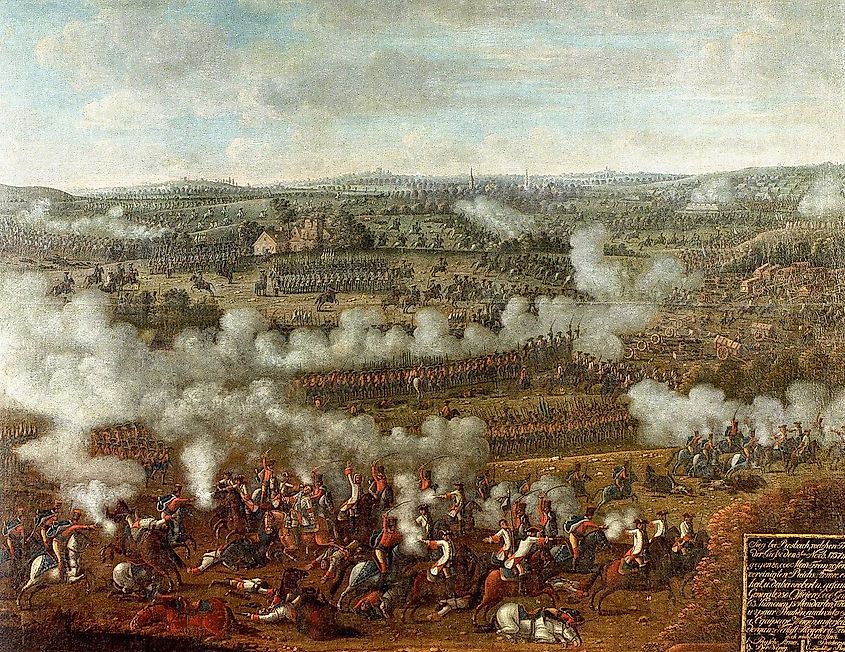
The Seven Years’ war was the first war to span the globe. Britain and France were two major players in the war, their rivalry was one of the causes of the war. Britain wanted to take control of France’s colonies and eliminate France as a rival. The main British war efforts focused on attacking French colonies and the French navy overseas to eliminate France’s commercial power.
Although Britain and France were the two main players in the war, other countries took part, including most European powers. Britain, Prussia, and Hanover allied against an alliance of France, Austria, Sweden, Saxony, Russia, and Spain. The antagonism between Prussia (allied to Britain) and Austria (allied to France) was another driver of the war. While France focused on defending Austria, they could spare little resources to help their colonies against British attack.
Peace Talks
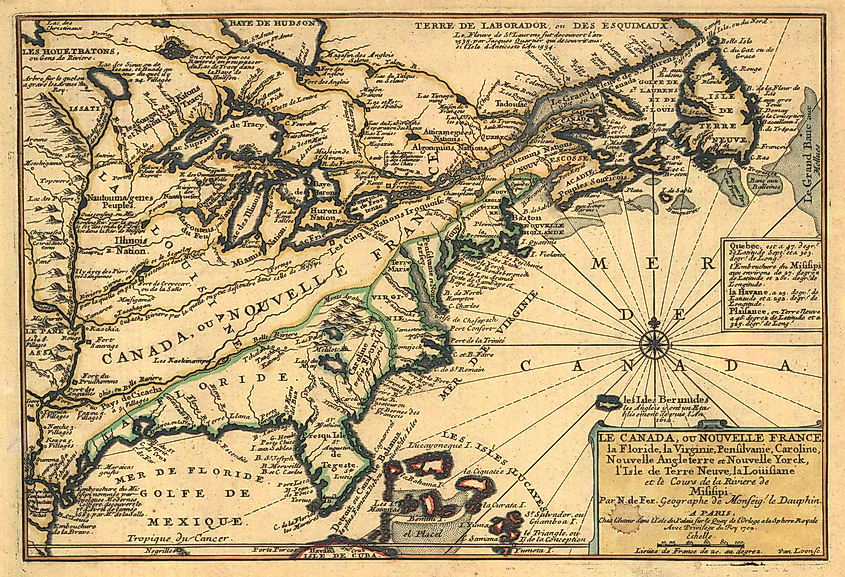
The Seven Years’ war exhausted both sides. The French were losing Territory to the British. The British conquered French Canada (New France), won victories in India, and captured French colonies in the Caribbean. While the British were winning territory, they were losing resources.
The war was expensive, and the British government financed its efforts with debt. Those who lent the government money were getting wary they would ever get their money back from the British government. Britain was also going through a political transition. King George II died in 1760, and his successor, George III, was more eager to make peace and end the war.
King Louis XV of France called for a peace talk in March of 1762. However, initial negotiations for peace between European powers were unsuccessful. As a result, Spain and France signed the Family Compact, allying the two countries against Britain.
Secret Negotiations
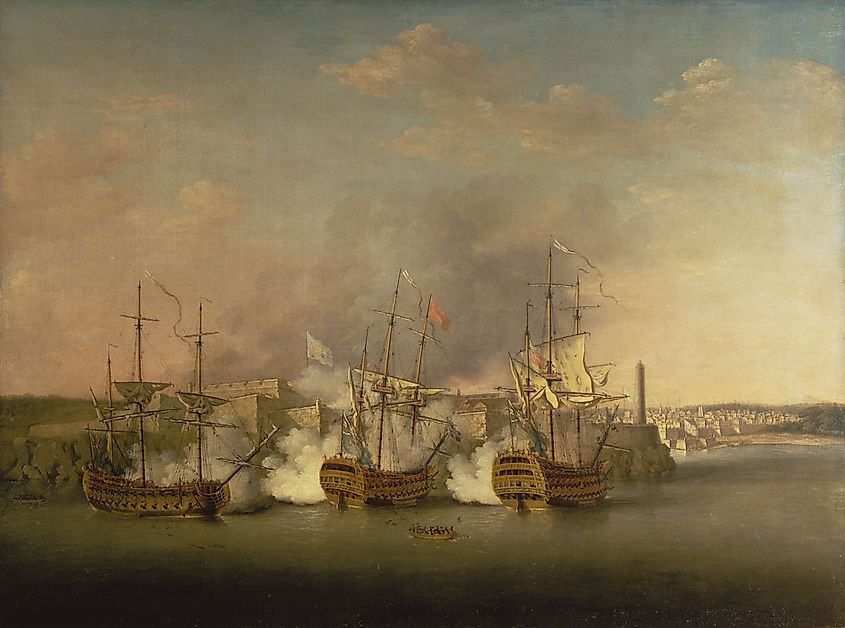
While open negotiations between Britain and France were unsuccessful, the two countries had secret negotiations which were more successful in reaching a peace agreement. British Prime Minister Lord Bute held secret and informal talks with French diplomat Étienne-François de Stainville, duc de Choiseul. In June 1762 they reached an unofficial agreement and agreed to exchange ambassadors in September of that year.
When formal negotiations finally began, Spain would not agree to sign the treaty. They were unhappy with the British capture of the Spanish colony of Cuba. The inflexibility of Britain to give up Cuba soured chances of negotiating a peace treaty with Spain’s approval. The Spanish King Charles III refused to sign a peace treaty that handed Cuba over to the British and the British wanted a treaty that reflected their gains in the war.
Exchange of Territories
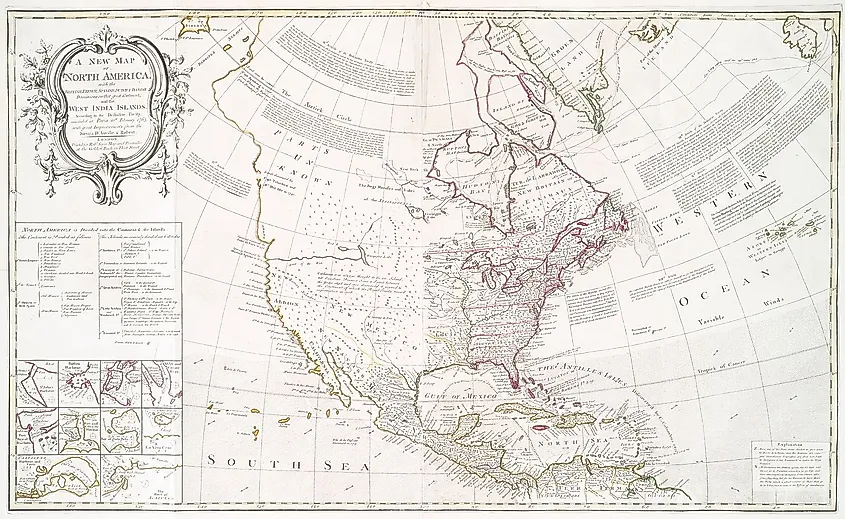
To sign a treaty, the European powers had to exchange territory to make every country happy. French negotiator Choiseul proposed redistributing the land in the American colonies. Choiseul proposed France would give up all American territory east of the Mississippi to the British, including New France. The British would give Cuba back to Spain in exchange for Florida. In return France would get back territory in the Caribbean islands the British seized during the war. The British also had to return territory in India, Africa, and the Mediterranean island of Minorca.
France’s decision to give up New France to Britain in exchange for the Caribbean islands was due to finances. New France provided limited gains to France and was a financial drain. France wanted to keep the Caribbean islands of Martinique, Guadeloupe, and St. Lucia because of the presence of the sugar industry, which was very profitable.
Britain, Spain, and France agreed to the suggested territory exchanges and signed the treaty on November 3, 1762. The treaty went into effect on February 10, 1763. France and Spain also signed the First Treaty of San Ildefonso, which gave French Louisiana to Spain.
Reactions to The Treaty
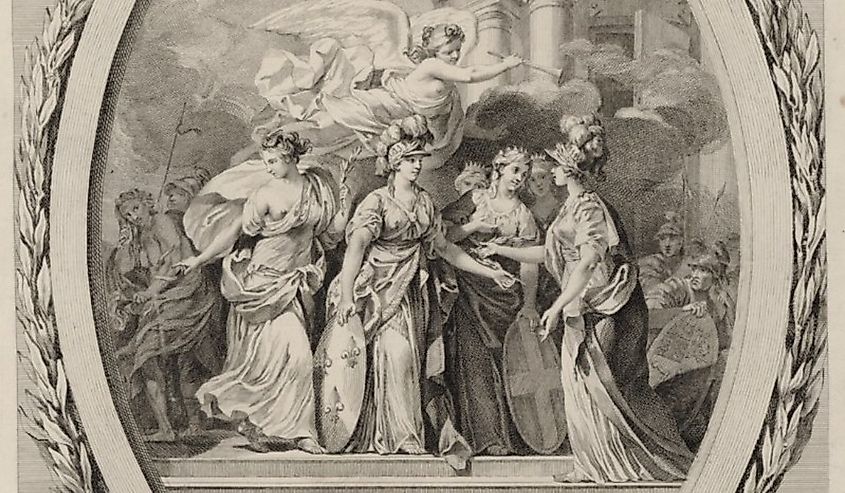
The treaty impacted various groups of people and posed a problem for the Indigenous people of America. Prior to the treaty, the Indigenous people had played the French and British against each other to gain the alliance and preserve their land. With the colonists united in a peace treaty, this rendered their strategic maneuvers ineffective.
Anglo-Americans were happy with the treaty. France giving up control of their territories in mainland America, meant the end of the threat of French invasion and military threat to the British colonies there. Anglo-American colonists in Canada did not have to worry about the threat of French invasion. While the British government was in favor of the treaty, the public disapproved. However, the treaty still gained enough support for the British parliament to ratify the treaty.
Conclusion
Overall, the Paris Treaty was successful in peacefully ending The Seven Years’ War and was vital in shaping countries, such as modern-day Canada. Although the treaty strengthened the British Empire, it also led to dissent between Anglo-American colonists and the British government. The British shifted their efforts in Mainland America from focusing on building a military presence to managing a post-treaty frontier. There were disagreements between colonists and the British on how to shape the new Frontier. Discord over how to handle policy, taxes, and repayment of debt from the war laid the groundwork for colonists to start imagining independence from Britain.











